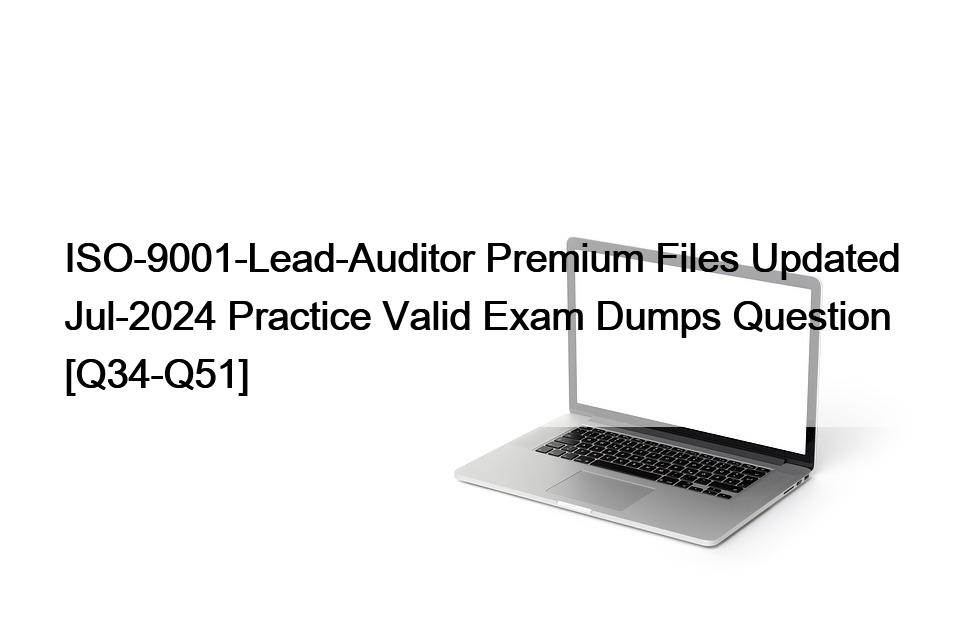ISO-9001-Lead-Auditor Premium Files Updated Jul-2024 Practice Valid Exam Dumps Question [Q34-Q51]

ISO-9001-Lead-Auditor Premium Files Updated Jul-2024 Practice Valid Exam Dumps Question
Practice with ISO-9001-Lead-Auditor Dumps for ISO 9001 Certified Exam Questions & Answer
REAL ISO-9001-Lead-Auditor Exam Questions With 100% Refund Guarantee : https://www.trainingdump.com/PECB/ISO-9001-Lead-Auditor-practice-exam-dumps.html